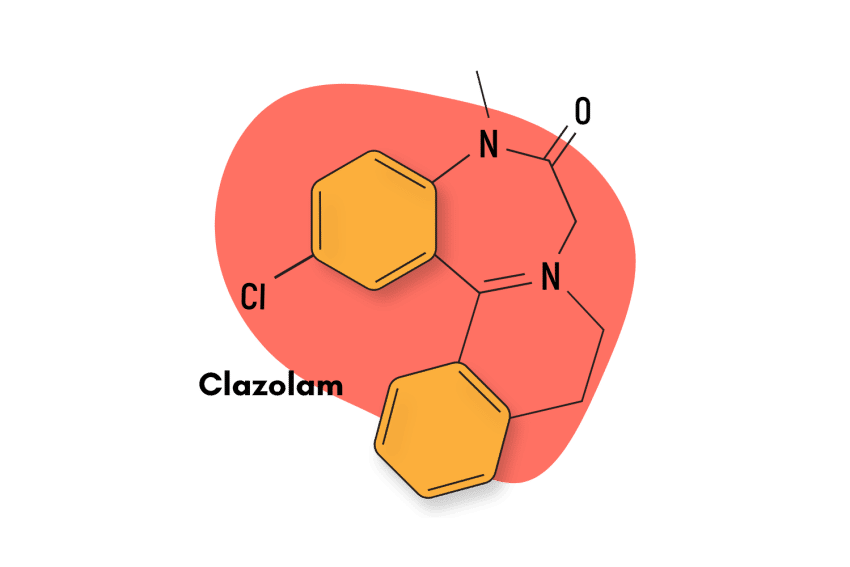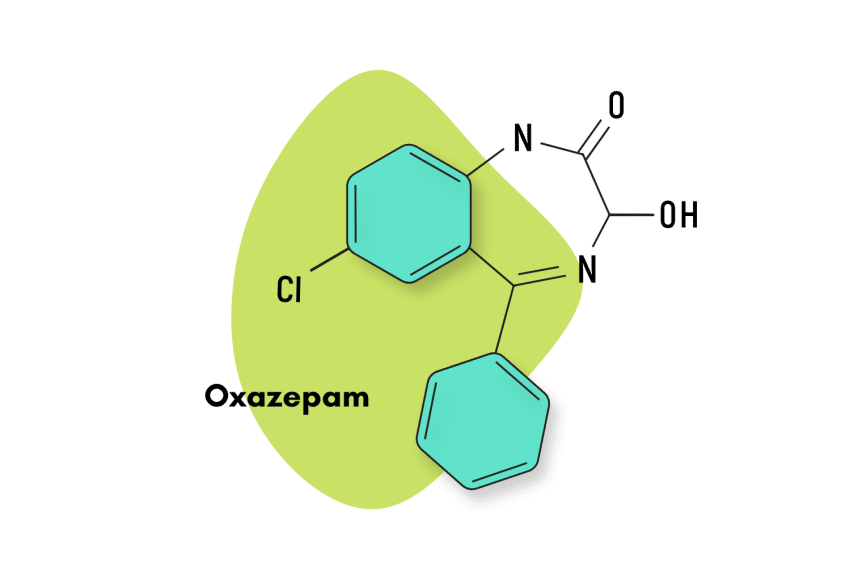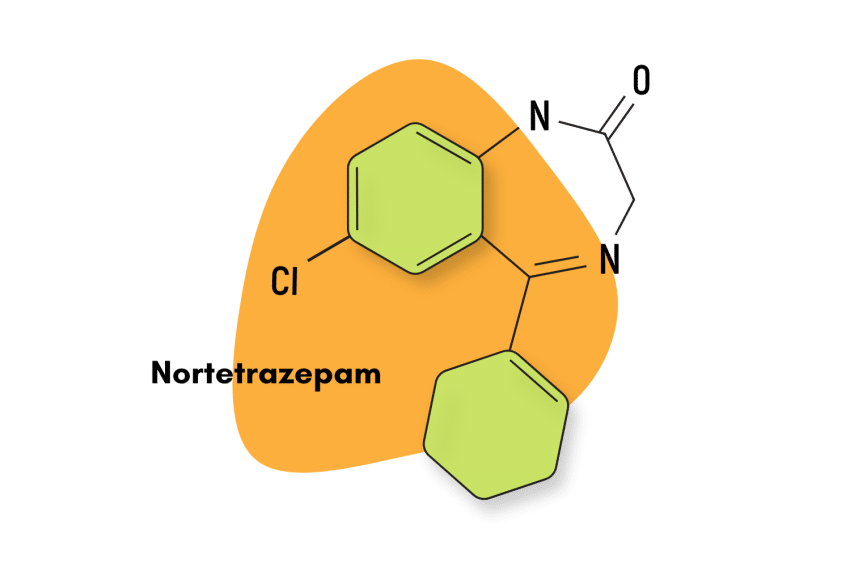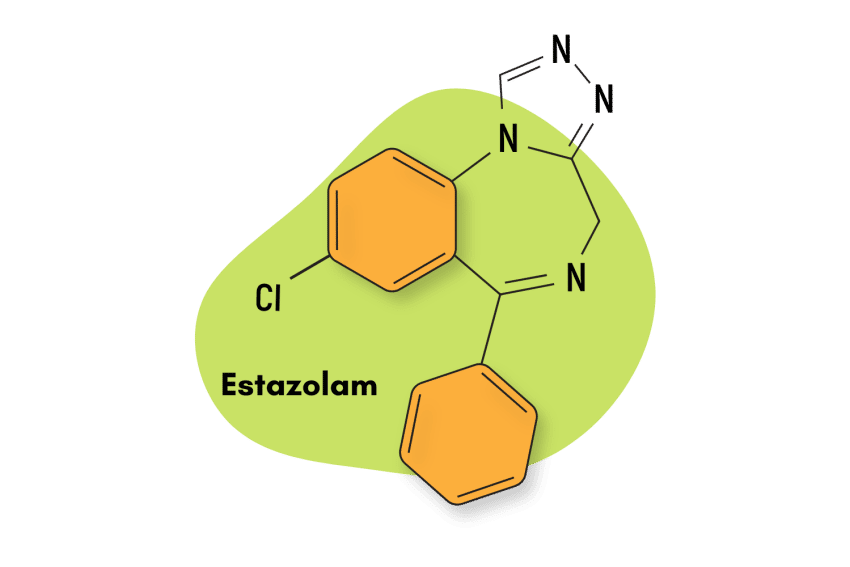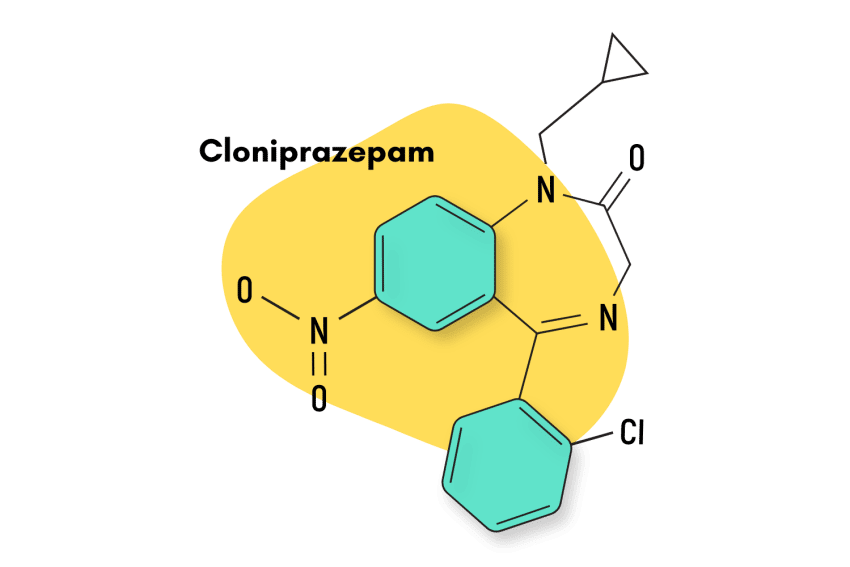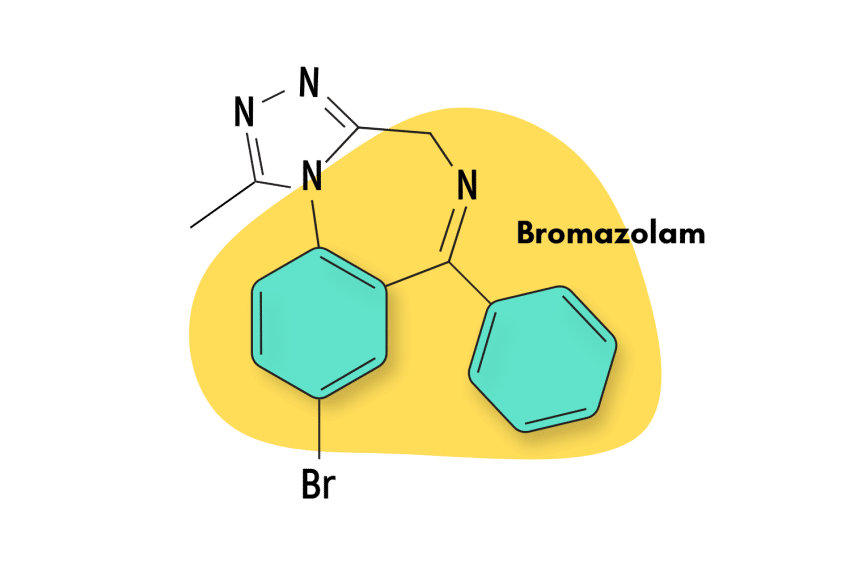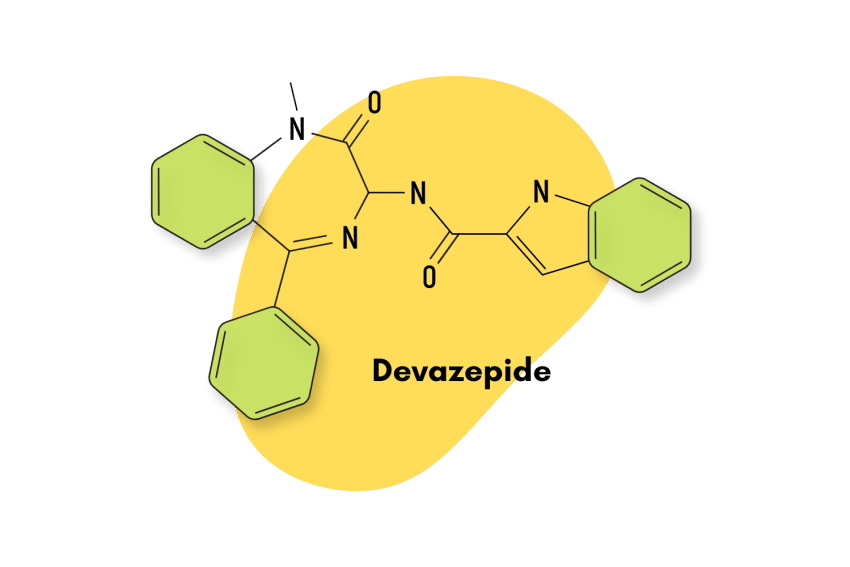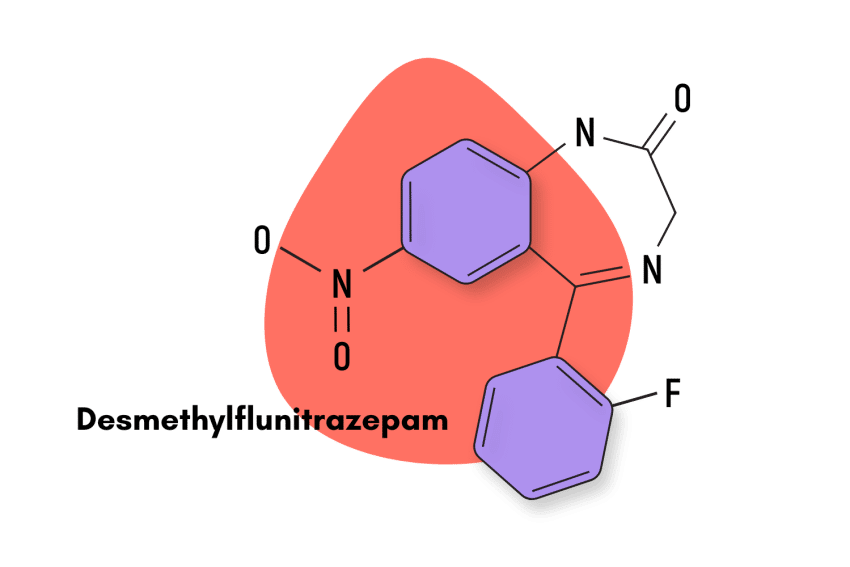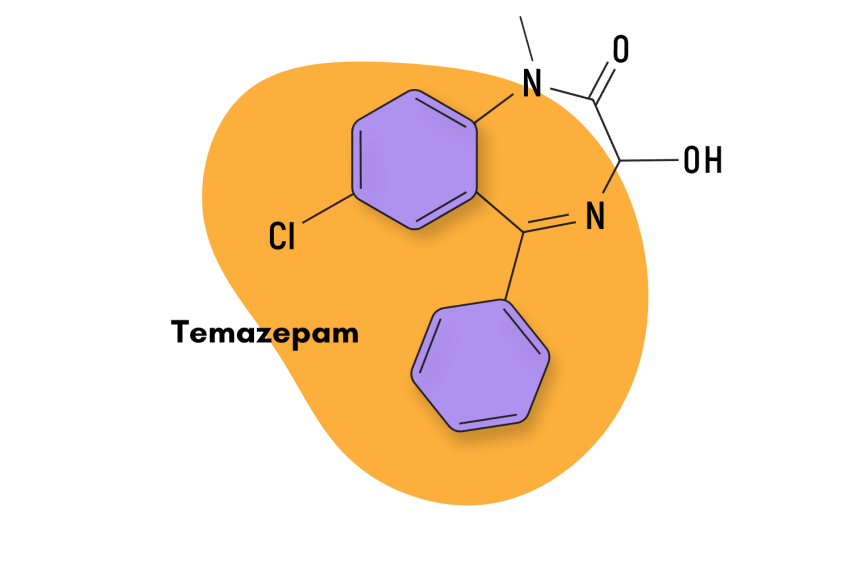Prazepam (Centrax) Fact Sheet: Uses, Characteristics, & Risks
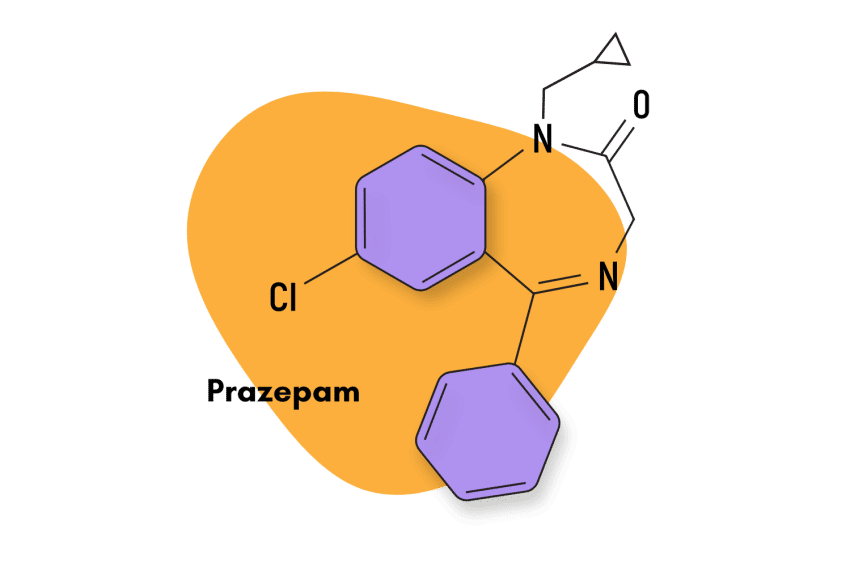
Originally developed by Warner-Lambert in the 1960s, prazepam (sold under the brand names Centrax, Prazene, Lysanxia, Demetrin, and others) is a benzodiazepine prodrug that, through its byproducts, exhibits anti-anxiety, sedative, muscle-relaxant, and inebriating effects.
Prazepam itself is virtually inactive. It only becomes active after it’s metabolized and converted into two benzodiazepine byproducts: 3-hydroxyprazepam and nordiazepam. These byproducts are then further metabolized into another active benzodiazepine called oxazepam.
In countries where it’s been approved, prazepam is indicated for the short-term treatment of anxiety-related conditions. It’s also found a lot of popularity in the designer drug market in recent years.
Prazepam (Centrax) Specs:
IUPAC Name: 7-chloro-1-(cyclopropylmethyl)-5-phenyl-3H-1,4-benzodiazepin-2-one
Other Names: Centrax, Prazene, Lysanxia, Demetrin, and others
Metabolism:
With assistance from the CYP3A4 enzyme, prazepam is metabolized in the liver primarily through hydroxylation and dealkylation into nordiazepam and 3-hydroxyprazepam [1], although 3-hydroxyprazepam appears to be the principal byproduct.
The appearance of nordiazepam in the blood is slow, with peak plasma levels reached in an average of 10 to 20 hours. This suggests that prazepam has slow metabolic clearance and slow onset of effects [2].
Duration of Effects:
As a prodrug, it’s important to consider the duration of effects for both prazepam and its active metabolites. With that in mind, prazepam is a long-lasting compound with an elimination half-life ranging from 20 to 36 hours.
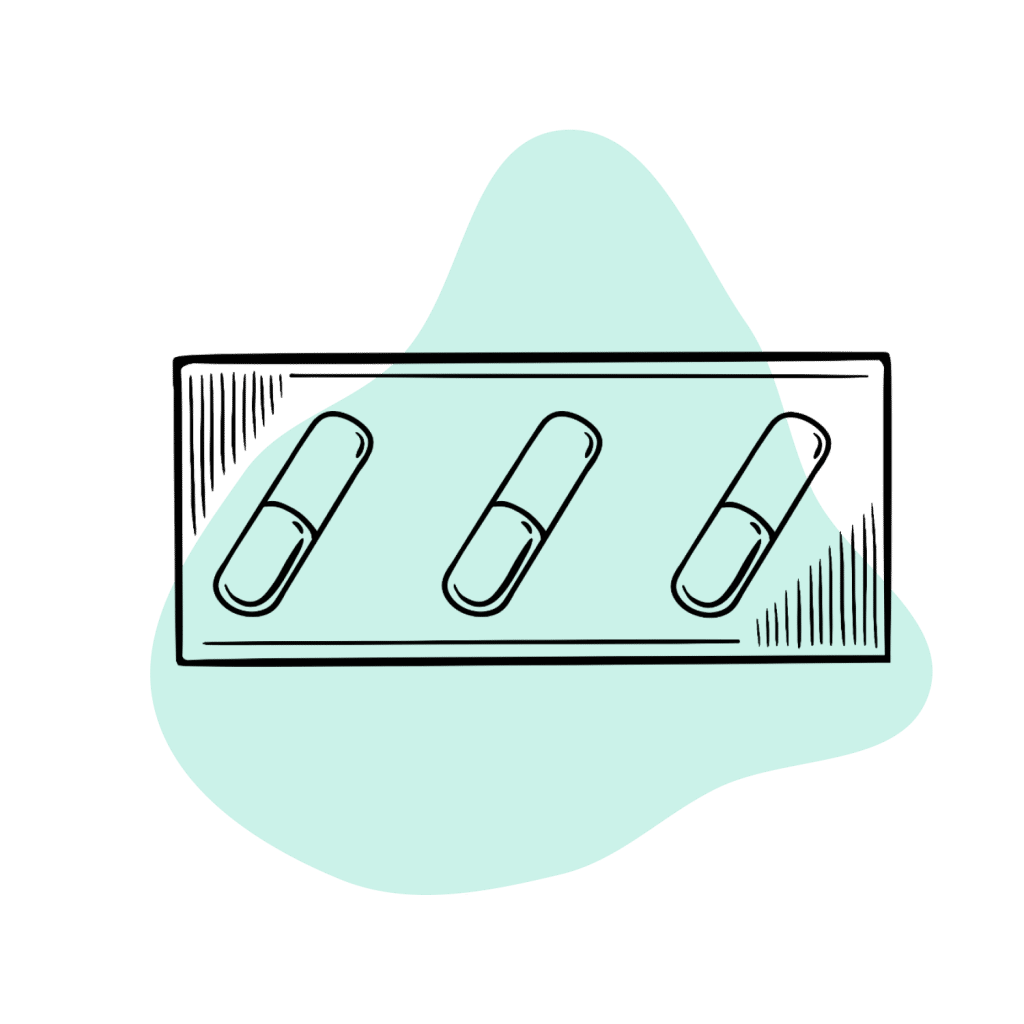
How Does Prazepam (Centrax) Work?
Prazepam is a benzodiazepine derivative. Benzodiazepines act on the thalamus, hypothalamus, and limbic regions of the central nervous system to suppress neurological activity. As a whole, this class of drugs produces feelings of sedation, skeletal muscle relaxation, and anticonvulsant and anxiolytic effects. They’re mostly used to treat clinical anxiety and insomnia.
Benzodiazepines produce these effects through their interaction with GABA-A receptors. When benzodiazepines bind to these receptors, they catalyze a chemical reaction that exerts a depressive (inhibitory) effect on the central nervous system (CNS).
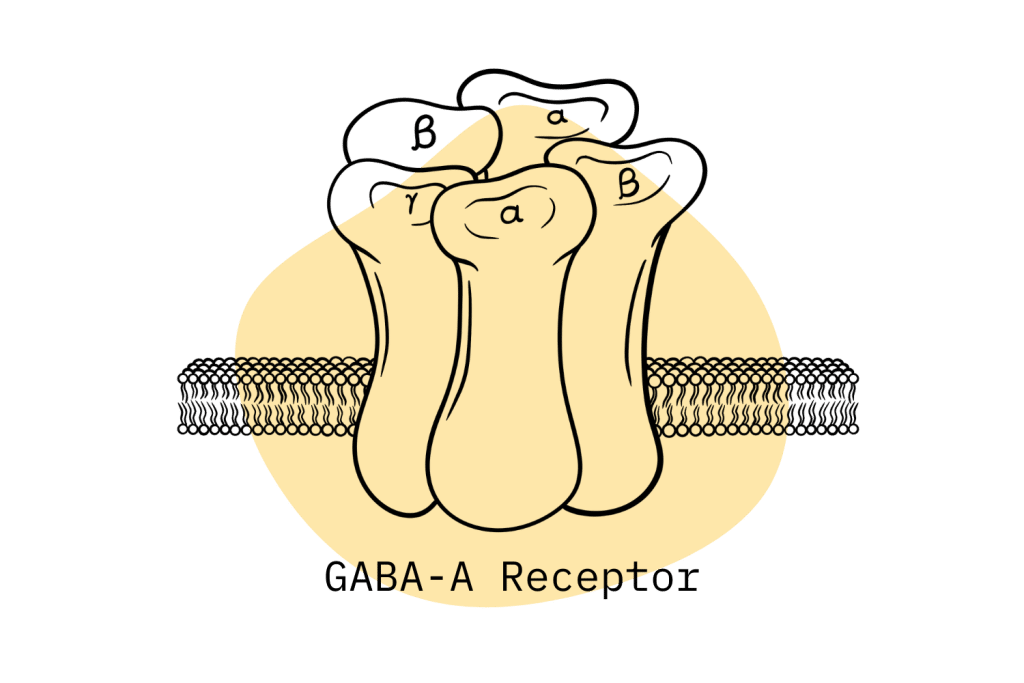
As a prodrug, the compounds that are responsible for prazepam’s effects profile are its three main metabolic byproducts: nordiazepam, 3-hydroxyprazepam, and oxazepam.
Based on the research conducted on these three compounds, as well as prazepam’s indications, prazepam produces the whole range of benzodiazepine-related effects. However, it’s also likely that anxiolytic and hypnotic effects carry more emphasis.
Is Prazepam (Centrax) Safe? Risks & Side-Effects
Prazepam is considered average in terms of its risk level compared to other benzodiazepine drugs.
Along with most other benzodiazepine medications, prazepam is classified as a Schedule IV compound in the United States. This designation suggests the compound has recognized medical uses but also carries a higher risk of abuse as well as the possibility of physical dependence and withdrawal symptoms.
Given that most benzodiazepines share the same general mechanism of action, it makes sense to group them together in the same risk category. However, when trying to assess their individual risk profiles though, this general classification is of little help.
In terms of potency, we know that 2.5 mg of prazepam is roughly equal to 10 mg of diazepam, making it a fairly potent compound when compared to other benzodiazepines. High potency is something to watch out for as it implies a more prevalent risk of side effects, overdoses, and dependence-forming behaviors.
The long-lasting elimination half-life of prazepam is also a considerable risk factor. Even though long-lasting benzodiazepines are less liable to produce physical dependence when compared to short-acting compounds, they do present a unique risk because of their capacity to accumulate in the body. Consecutive use of long-acting compounds may lead to intoxication as a result of accumulation and is likely the reason why prazepam is only indicated as a short-term treatment.
Side Effects of Prazepam (Centrax)
According to Spanish health authorities, a range of different side effects has been identified with the use of prazepam.
The most common side effects of prazepam include the following:
- Abnormal dreams
- Arthralgia
- Asthenia
- Ataxia
- Confusion
- Diaphoresis
- Dizziness
- Drowsiness
- Dry mouth
- Gastrointestinal disturbances
- Headaches
- Palpitations
- Rash
- Somnolence
- Speech difficulties
- Tremors
Rare, but more serious side effects may include:
- Anaphylactic shock
- Anormal menstruation and ovulation
- Changes in libido
- Edema (swelling) of the feet
- Gynecomastia (enlargement of breasts in males)
- Itching
- Syncope (fainting)
- Urinary symptoms (increased urination & pain upon urination)
- Visual alterations
It’s important to note that side effects related to benzodiazepine use usually occur at the beginning of treatment and become less prevalent as time goes on. In most cases, they can also be brought under control through a simple reduction in dosage.
As with all benzodiazepines, elderly patients (65+) tend to be more affected than younger ones.
Benzodiazepine Withdrawal & Dependence
Not too long ago, benzodiazepine dependence was thought to be an exceedingly rare occurrence that only came about as a result of misuse. Nowadays, dependence, as well as the consequent withdrawal symptoms, have been shown to occur in a significant minority of users even when no misuse is present.
The new consensus on benzodiazepine dependence has led to a shift in the way doctors approach treatment. As a general rule of thumb, physicians now have to weigh the benefits of protracted benzodiazepine treatment against the possibility of dependence, which has been shown to increase the longer a patient uses these compounds. Doctors also seek to limit other factors, such as potency and dosage. In general, the stronger the effects elicited by the benzodiazepine, the higher the dependence liability.
We can turn to a recent study in order to understand the prevalence of benzodiazepine dependence: it was found that one-third of individuals who used benzodiazepines for longer than four weeks were found to exhibit symptoms of physical dependence [3].
When using benzodiazepines, a sudden cessation of use is never recommended, especially with compounds that have short-elimination half-lives coupled with potent effects. If a user wishes to get off benzodiazepines, it’s advisable they get in contact with a doctor and inquire as to how they might do this safely.
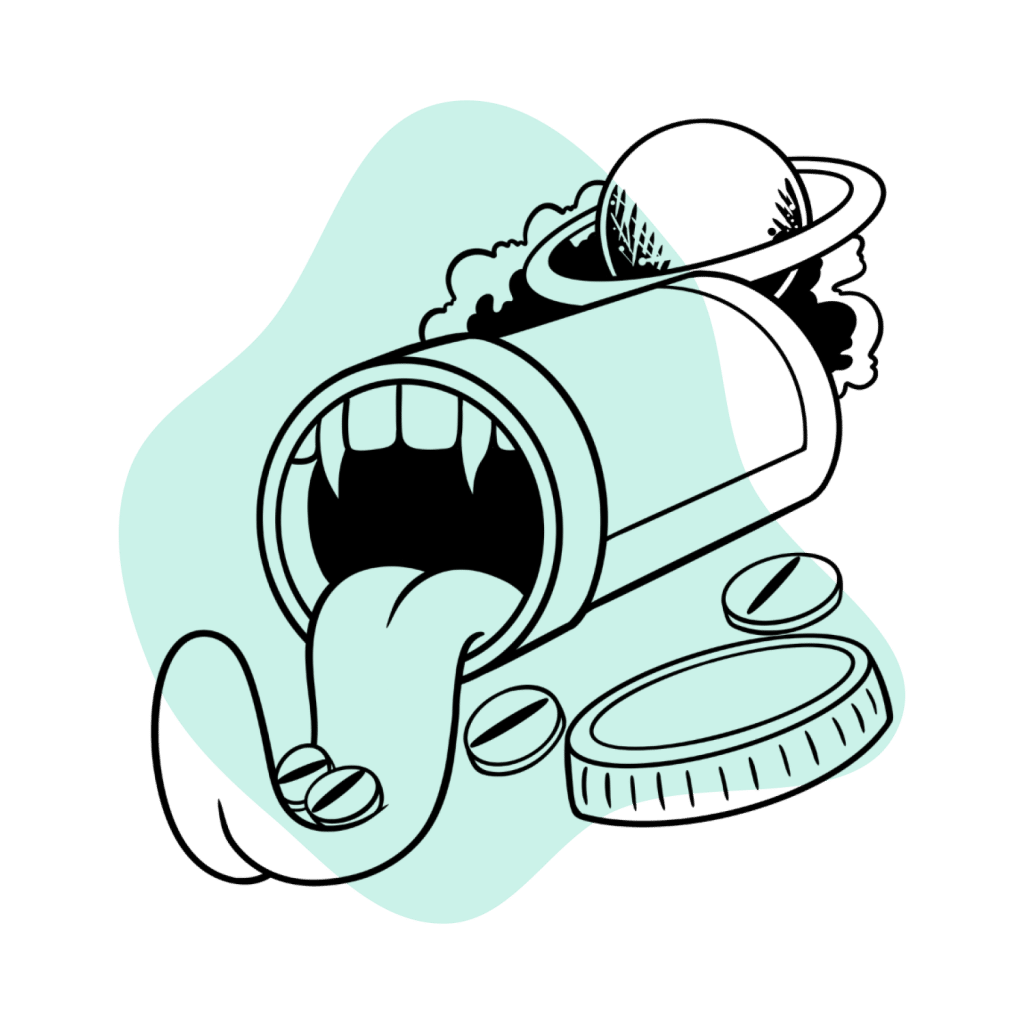
Harm Reduction: Prazepam (Centrax)
Benzodiazepine Harm Reduction Tips:
- 🥣 Don’t mix — Mixing benzodiazepines with other depressants (alcohol, GHB, phenibut, barbiturates, opiates) can be fatal.
- ⏳ Take frequent breaks or plan for a short treatment span — Benzodiazepines can form dependence quickly, so it’s important to stop using the drug periodically.
- 🥄 Always stick to the proper dose — The dosage of benzos can vary substantially. Some drugs require 20 or 30 mg; others can be fatal in doses as low as 3 mg.
- 💊 Be aware of contraindications — Benzodiazepines are significantly more dangerous in older people or those with certain medical conditions.
- 🧪 Test your drugs — If ordering benzos from unregistered vendors (online or street vendors), order a benzo test kit to ensure your pills contain what you think they do.
- 💉 Never snort or inject benzos — Not only does this provide no advantage, but it’s also extremely dangerous. Benzos should be taken orally.
- 🌧 Recognize the signs of addiction — Early warning signs are feeling like you’re not “yourself” without the drug or hiding your habits from loved ones.
- ⚖️ Understand the laws where you live — In most parts of the world, benzodiazepines are only considered legal if given a prescription by a medical doctor.
- 📞 Know where to go if you need help — Help is available for benzodiazepine addiction; you just have to ask for it. Look up “addiction hotline” for more information where you live. (USA: 1-800-662-4357; Canada: 1-866-585-0445; UK: 0300-999-1212).
Prazepam (Centrax) Drug Interactions
The main consequence of the GABA-mediated pathway used by benzodiazepines is a generalized suppression of the central nervous system, and when benzos are combined with other drugs that produce the same effect only in slightly different ways, like opioids and alcohol, the resulting effect can quickly get out of hand. For example, the recent spike in benzodiazepine-related deaths in the United States is a testament to the deadly effects of concomitant CNS-depressant use.
Prazepam users also have to watch out for drugs or foodstuffs that have the potential to disrupt the proper functioning of the CYP enzyme system, the family of enzymes responsible for the metabolization of most prescription compounds. When CYP enzymes are induced or inhibited by other compounds, the performance of the drug they metabolize can be affected and usually not to the patient’s benefit.
Finally, there are always certain esoteric drug combinations that may pose a threat to users for a variety of reasons. Patients can’t be excepted to know what these are, and that’s why it’s so important for users to always check with their doctor when using a new compound.
Prazepam (Centrax) Contraindications
Luckily, non-atypical benzodiazepines all share the same contraindications and are thus easier to remember:
- Bronchitis
- Chronic obstructive pulmonary disease (COPD)
- Conjunctive use of barbiturates, opiates, or those suffering from alcoholism
- Intellectual disabilities due to frequent paradoxical reactions
- Major depression
- Myasthenia gravis
- Over the age of 65 (high risk)
- Personality disorders
- Pregnancy and lactation
- Sleep apnea
Prazepam (Centrax) Dosage
For adults, the recommended dose of prazepam is 10 to 30 mg a day. Doses of up to 60 mg are rare but not unheard of: usually, they’re only recommended for dealing with particularly heavy symptoms of anxiety.
In most cases, prazepam dosage is meant to be split up throughout the day.
The full dosage regimen of prazepam can be found below:
| Children | Teens (12-17) | Adults | Elderly |
| No data exists for prazepam use on children younger than six, and thus no use is recommended. | In patients under 18, it is recommended to adjust the dose depending on the age and weight of the patient, provided that it does not exceed 1 mg per kg of body weight per day. | The recommended dose is 10 to 30 mg per day; higher doses of up to 60 mg should be reserved for more severe states of anxiety in patients with psychiatric disorders. | In elderly or debilitated patients, it’s recommended to start treatment with a dose of 10 mg or 15 mg of prazepam in divided doses per day and then increase the dose if necessary. |
Similar Benzodiazepines
The most similar benzodiazepines to prazepam are its metabolic byproducts, nordiazepam, oxazepam, and 3-hydroxyphenazepam.
The effects of taking any of these three benzos produce very similar effect profiles to that of prazepam, albeit slightly shorter in duration.
Other popular benzodiazepines with comparable effects include alprazolam (Xanax), clonazolam (Klonopin), diazepam (Valium), etizolam (Etilaam), bromazepam (Lectopam), chlordiazepoxide (Librium), and lorazepam (Ativan).
Let’s cover the top three alternatives in more detail:
1. Nordiazepam (Nordaz)
Nordiazepam, also known as nordazepam, desoxydemoxepam, and desmethyldiazepam, is one of the first-stage byproducts of prazepam and one of the most long-lasting benzodiazepines on earth. When it comes to prazepam, it seems that nordiazepam is produced in lesser quantities than 3-hydroxyprazepam, but it’s still a meaningful byproduct.
Nordiazepam is also a metabolic byproduct of other benzodiazepines, like diazepam (Valium), for example. It’s mostly indicated as a treatment for anxiety due to its effective and long-lasting anxiolytic properties.
2. Oxazepam (Serax)
Like nordiazepam, oxazepam is a byproduct for prazepam, as well as for other benzos like diazepam and temazepam. However, because of its simple nature and short-acting half-life (5-6 hours), it’s quite distinct from nordiazepam. This means the ratio in which these different prazepam byproducts are produced can end up having significant effects on the profile of prazepam.
3. 3-Hydroxyphenazepam
3-hydroxyphenazepam was never approved as a medication but is one of the known active ingredients for both phenazepam, prazepam, and cinazepam. Its effects are fairly well documented through study on these three medications.
With that said, 3-hydroxyphenazepam is weaker and shorter-lasting than both oxazepam and nordiazepam.
Natural Alternatives to Benzodiazepines
Nowadays, benzodiazepine users can turn to a swathe of natural, plant-based products for relief from anxiety, muscle pain, or insomnia.
For instance, kava (Piper methysticum), valerian (Valeriana officinalis), and the kratom plant (Mitragyna speciosa) offer effective anxiolytic, sedative, or analgesic relief. All three are also popular for treating sleep-related issues and withdrawal symptoms while coming off benzodiazepines.
It’s important to note that compared to synthetic benzodiazepines, these natural alternatives tend to fall short. They’re not going to be as strong, but they also come with a far lower risk for both dependency and side effects.
Prazepam (Centrax) FAQs
How long does it take for prazepam to disappear from the system?
A study using an electron-capture gas chromatographic test found that prazepam became indetectable within six hours of intake [4].
What is the bioavailability of prazepam?
The bioavailability from tablets relative to the solution was 86 percent.
References
- DiCarlo, F. J., Viau, J. P., Epps, J. E., & Haynes, L. J. (1970). Prazepam metabolism by man. Clinical Pharmacology & Therapeutics, 11(6), 890-897.
- Allen, M.D., Greenblatt, D.J., Harmatz, J.S. and Shader, R.I. (1980), Desmethyldiazepam kinetics in the elderly after oral prazepam. Clinical Pharmacology & Therapeutics, 28: 196-202. https://doi.org/10.1038/clpt.1980.150
- Riss, J., Cloyd, J ., Gates, J., & Collins, S. (2008). Benzodiazepines in epilepsy: pharmacology and pharmacokinetics. Acta neurologica scandinavica, 118(2), 69-86.
- Smith, M.T., Evans, L.E.J., Eadie, M.J. et al. Pharmacokinetics of prazepam in man. Eur J Clin Pharmacol 16, 141–147 (1979).

